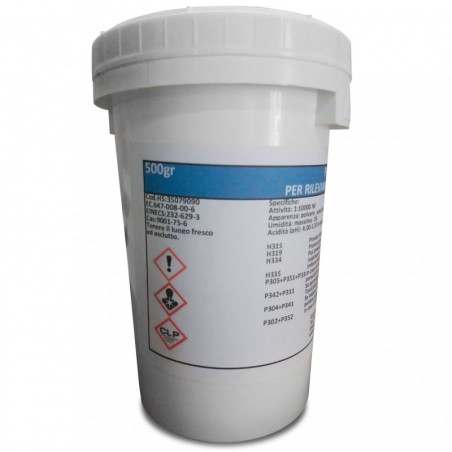The study was based on data collected during 5 yr (2003–2007) and was aimed at assessing the effects of the month, slaughter house of destination (differing for stocking density, openings, brightness, and cooling device types), length of the journey, and temperature–humidity index (THI) on mortality of heavy slaughter pigs (approximately 160 kg live weight) during transport and lairage.
Data were obtained from 24,098 journeys and 3,676,153 pigs transported from 1,618 farms to 3 slaughter houses. Individual shipments were the unit of observation. The terms dead on arrival (DOA) and dead in pen (DIP) refer to pigs that died during transport and in lairage at the abattoir before slaughtering, respectively.

The month with the greatest frequency of deaths was July with a risk ratio of 1.22 (confidence interval: 1.06–1.36; P < 0.05) and 1.27 (confidence interval: 1.06–1.51; P < 0.05) for DOA and DIP, respectively. The lower mortality risk ratios for DOA and DIP were recorded for January and March (P < 0.05). The aggregated data of the summer (June, July, and August) versus non-summer (January, March, September, and November) months showed a greater risk of pigs dying during the hot season when considering both transport and lairage (P < 0.05). The mortality risk ratio of DIP was lower at the slaughter house with the lowest stocking density (0.64 m2/100 kg live weight), large open windows on the roof and sidewalls, low brightness (40 lx) lights, and high-pressure sprinklers as cooling devices. The mortality risk ratio of DOA increased significantly for journeys longer than 2 h, whereas no relationship was found between length of transport and DIP. The piecewise analysis pointed out that 78.5 and 73.6 THI were the thresholds above which the mortality rate increased significantly for DOA and DIP, respectively.
These results may help the pig industry to improve the welfare of heavy slaughter pigs during transport and lairage.
A. Vitali, E. Lana, M. Amadori, U. Bernabucci, A. Nardone, and N. Lacetera. Analysis of factors associated with mortality of heavy slaughter pigs during transport and lairage.J ANIM SCI November 2014 92:5134-5141; doi:10.2527/jas.2014-7670




